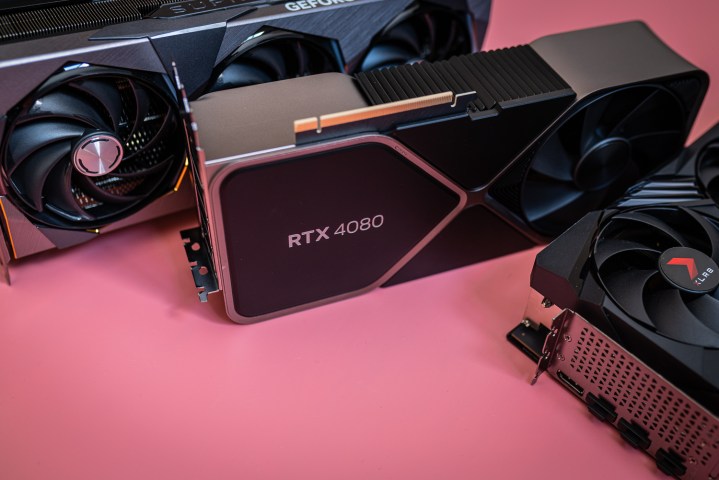
The never-ending battle between AMD, Nvidia, and Intel doesn’t just involve their graphics cards — it also stretches to their respective upscaling solutions. It’s not all about performance, either, but also the number of games that support them. Microsoft aims to streamline and unify these upscalers, making it easier for game devs to add support for every GPU vendor.
The main issue with having three different upscaling solutions lies not just in how well they all perform in relation to each other (although that’s pretty interesting, too), but in how many games can support them. After all, what’s the point in DLSS, FSR, and XeSS, if they’re not available in too many games? This is where Microsoft’s new API, dubbed DirectSR, might come in handy.
Microsoft plans to talk more about the new API during its 2024 Game Developers Conference, but it gave us a little sneak peek in a recent blog post. DirectSR (for Super Resolution) was made to make the integration of upscaling techniques simpler. According to Microsoft, it was created in partnership with GPU vendors.
“DirectSR is the missing link developers have been waiting for when approaching SR integration, providing a smoother, more efficient experience that scales across hardware,” said Microsoft’s Joshua Tucker in the blog post. “This API enables multi-vendor SR through a common set of inputs and outputs, allowing a single code path to activate a variety of solutions.”
This means that Microsoft isn’t trying to implement its own competitor to Nvidia’s DLSS, AMD’s FSR, and Intel’s XeSS. Instead, it aims to simplify the process of adding support for all three GPU vendors. With DirectSR, devs may no longer have to add separate support for all three upscalers; instead, they could support DirectSR, which will then utilize the upscaling tech available on your system.

This could give a major boost to all three GPU makers. Each technology works a little differently, in that AMD’s FSR and Intel XeSS work on most modern GPUs, but Nvidia’s DLSS is limited to the GeForce RTX lineup. However, on a game level, the adoption of AMD FSR 3 has been very slow, so this could help AMD speed up the process.
The varying degrees of support for various upscalers have caused their fair share of drama during some recent game releases. Let’s take Starfield, for instance. AMD’s exclusive partnership with Bethesda made it so that the game launched without DLSS 3 support. Needless to say, gamers with Nvidia GPUs weren’t happy, especially considering the fact that DLSS 3 can do a lot in AAA games — just take a look at our benchmark of the RTX 4070 Super above. In the case of Starfield, DLSS 3 was later added by modders and then, eventually, by Bethesda itself. Curiously, the game also only started supporting FSR 3 and XeSS this year.
If Microsoft’s DirectSR works out the way we hope it might, it could help resolve similar conflicts in the future. Game devs could add support for DirectSR and the technology would then handle all the rest. Microsoft will surely tell us more during the DirectX State of the Union presentation on March 21.




